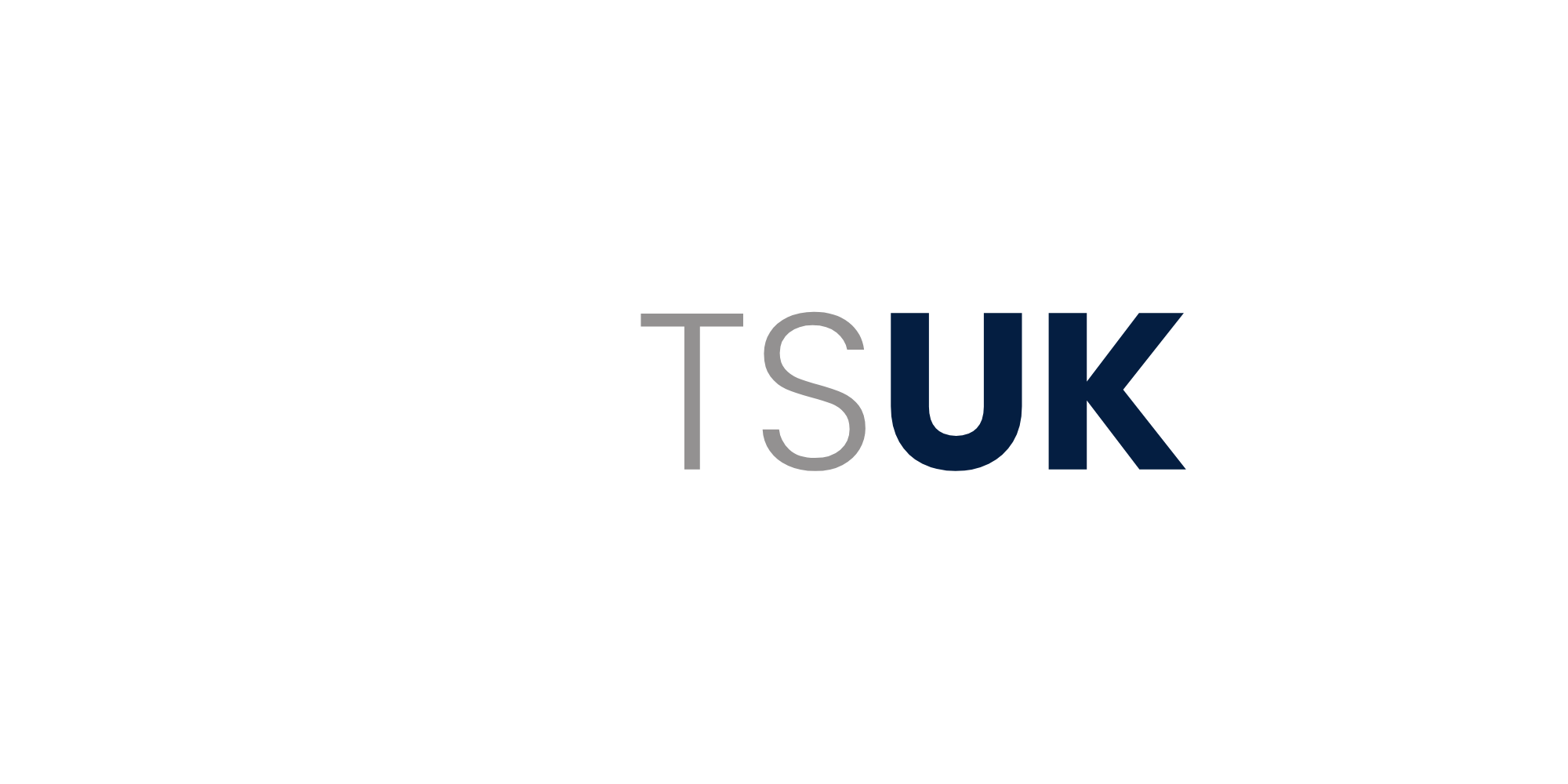EAS vs. RFID in Retail: A Comprehensive Comparison
In the fast-paced world of retail, two technologies have been making waves when it comes to enhancing security and efficiency: Electronic Article Surveillance (EAS) and Radio-Frequency Identification (RFID). These systems offer retailers powerful tools to protect their merchandise, streamline operations, and improve the overall shopping experience. In this blog post, we'll delve into the world of EAS and RFID, exploring their differences, benefits, and how they're transforming the retail sector.
Understanding EAS
Electronic Article Surveillance (EAS) is a technology that has been around for decades. It's the system you see in retail stores that beeps when you walk through an exit gate with an item that hasn't been properly deactivated or removed from its security tag. EAS relies on a simple principle: a security tag on the product sends out a signal, and if that signal is not disabled or removed by the cashier, an alarm is triggered when the product passes through the EAS gate.
Benefits of EAS:
-
Deterrence: EAS systems act as a deterrent to shoplifters. The visible presence of security tags and EAS gates can discourage theft.
-
Ease of Use: These systems are relatively easy to install and maintain, making them a cost-effective security solution for retailers.
-
Quick Deployment: Retailers can quickly integrate EAS systems into their existing infrastructure.
Exploring RFID
Radio-Frequency Identification (RFID) is a more advanced technology that is gaining traction in the retail sector. RFID uses radio waves to identify and track items with greater precision. Each product is equipped with an RFID tag, which contains a unique identifier. Retailers can use RFID readers and antennas to track items throughout the supply chain and in the store itself.
Benefits of RFID:
-
Inventory Management: RFID provides real-time inventory visibility. Retailers can track stock levels, monitor product movement, and reduce out-of-stock instances.
-
Improved Customer Experience: RFID enables better product availability, reducing the chances of customers leaving the store empty-handed.
-
Anti-Theft Measures: RFID can also be used for security purposes, and it offers a higher level of accuracy in identifying stolen items compared to EAS.
-
Efficiency: RFID streamlines the checkout process with automated item scanning, reducing wait times for customers.
EAS vs. RFID: Which is Right for Your Retail Store?
The choice between EAS and RFID depends on your store's specific needs and budget. Here are some factors to consider:
-
Security Requirements: If your primary concern is theft prevention and you have a limited budget, EAS may suffice. However, if you need a more comprehensive security and inventory management solution, RFID is the way to go.
-
Inventory Management: If you struggle with stockouts or excess inventory, RFID's real-time tracking capabilities can greatly benefit your operations.
-
Checkout Efficiency: For stores with high foot traffic, RFID can significantly speed up the checkout process, reducing customer wait times.
-
Cost: EAS systems are generally more affordable upfront, while RFID has a higher initial investment but offers more comprehensive benefits.
Conclusion
Both EAS and RFID technologies have their place in the retail sector, but their effectiveness and suitability depend on the unique needs and priorities of each retail store. EAS excels in deterring theft, while RFID goes beyond security to enhance inventory management, customer experience, and operational efficiency. As technology continues to evolve, it's essential for retailers to stay informed about the latest innovations and choose the solutions that best align with their goals and customer expectations.
In today's competitive retail landscape, staying ahead means embracing the right technology to secure and optimize your business. Whether it's EAS, RFID, or a combination of both, the choice you make can have a significant impact on your store's success.
Remember, the technology you choose should not only protect your merchandise but also enhance the overall shopping experience for your customers, ultimately leading to increased sales and customer loyalty.
Invest wisely, and your retail store will thrive in this ever-evolving industry.


Comments